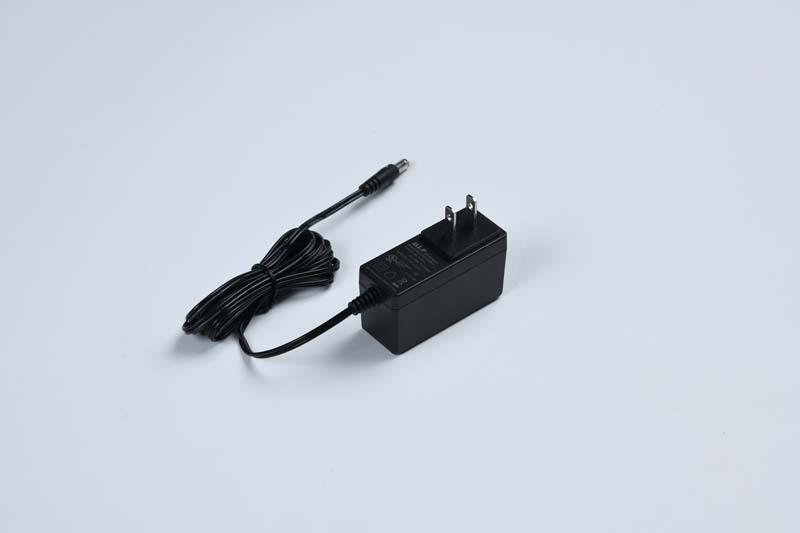
Common problems and solutions of power adapter
1. Line problem
Line problems, including power line damage, no power supply, poor contact of DC head, etc. Check whether the input line and output line can be powered on normally.
In case of line fault, it can be solved by replacing DC line or AC line.
2. Output voltage too low
The following are the main causes of low output voltage:
(1)power adapter load short circuit fault (especially DC / DC converter short circuit or poor performance, etc.), first disconnect all loads of the power circuit and check whether the switching power circuit fault or the load circuit fault. If the load circuit is disconnected and the voltage output is normal, it indicates that the load is too heavy; Or it is still abnormal, indicating that there is a fault in the switching power supply circuit.
(2)The failure of filter capacitor or rectifier diode at the output voltage end can be judged by replacement method.
(3)The performance of the switch tube decreases, which leads to the failure of the switch tube to conduct normally, increasing the internal resistance of the power supply and reducing the load capacity.
(4) The poor switching transformer not only causes the output voltage to drop, but also causes insufficient excitation of the switch tube, thus damaging the switch tube
(5) The 300V filter capacitor is poor, resulting in poor load capacity of the power supply, and the output voltage will drop as soon as it is connected to the load.
3. Output voltage too high
High output voltage generally comes from regulated sampling and regulated control circuit. In the closed control loop composed of DC output, sampling resistance, error sampling amplifier such as TL431, optocoupler, power control chip and other circuits, any problem of any part will cause the output voltage to rise.

4. The fuse tube is normal without output voltage
The fuse tube is normal and there is no output voltage, indicating that the switching power supply does not work or enters the protection state. The first step is to check the starting voltage value of the starting pin of the power control chip. If there is no starting voltage or the starting voltage is too low, check whether the external components and starting resistance of the starting pin leak electricity.
If the power control chip is normal, the fault can be quickly found through the above monitoring. If there is starting voltage, measure whether there is high-level and low-level jump at the output end of the control chip at the moment of starting. If there is no jump, it indicates that the control chip is damaged, the peripheral oscillation circuit elements are damaged or the protection circuit is faulty. Check it one by one by replacing the control chip and checking the peripheral elements; In case of jump, the switch tube is poor or damaged in most cases.
5. The fuse burns or blows up
Mainly check the rectifier bridge, diodes, switches and large filter capacitors on 300V. The fuse may be burnt and blackened, or it may be caused by problems in the anti-interference circuit. In particular, it is worth noting that the fuse burns due to the breakdown of the switch tube, which usually burns out the power control chip and the current detection resistance. Thermistors are also easy to burn out with the fuse.